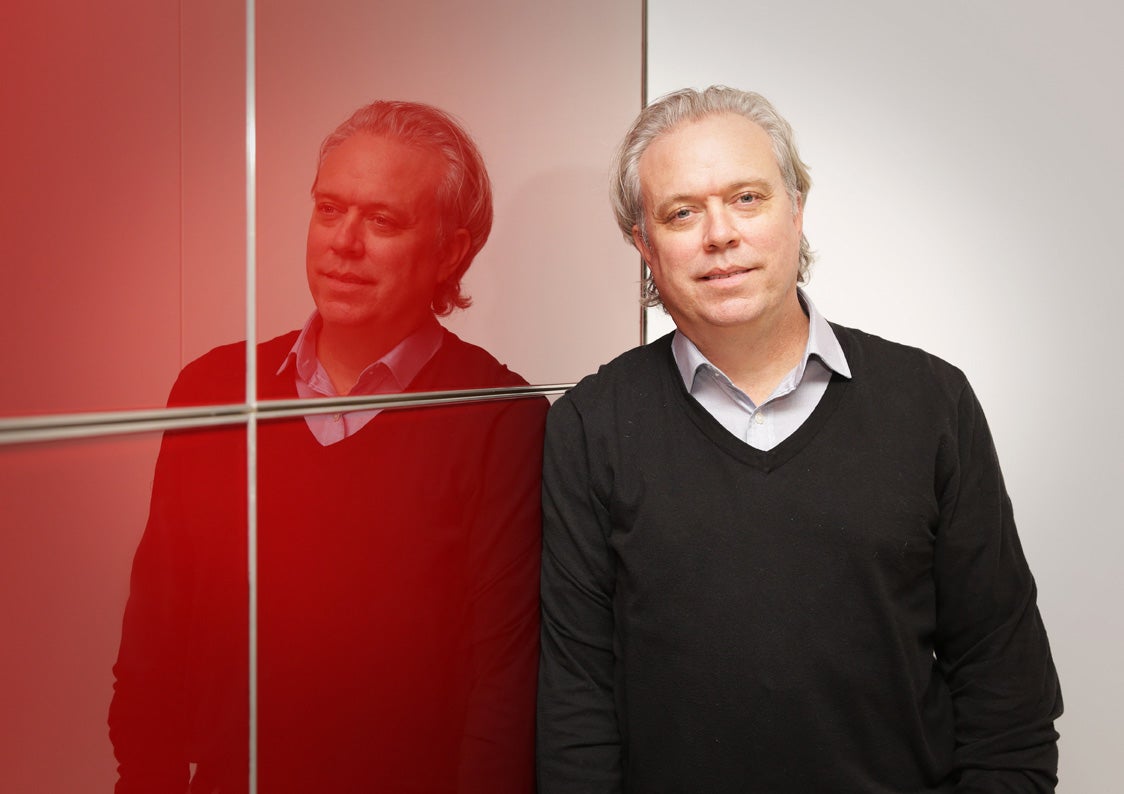
Johnston Press has launched an initiative aimed at setting a group-wide standard for digital content and insists it won’t be teaching reporters clickbait techniques.
The We Are Digital training scheme has been created by director of digital content Frank O’Donnell together with a team of thirty editorial staff who have helped establish best practice for online and social media stories now being rolled out across JP’s 200 titles.
It follows website upgrades to the group’s 15 core publications, making up about 50 per cent of its readership, that have made them mobile responsive. Last year the group carried out a structural reorganisation of its newsrooms under the Newsroom of the Future scheme that aimed to separate community content from harder breaking news.
Jeff Moriarty, chief digital and product officer, told Press Gazette the group’s ultimate goal was to achieve what he described as “platform agnostic publishing”.
“The We Are Digital approach is that we are wherever someone wants our content,” he said. “That could be print, that could be social [media], that could be Snapchat, that could be any number of platforms and it’s just about getting better at that multi-platform, platform agnostic publishing.”
He said the best online and social media content “has some element of emotion built in”, adding: “For me I think that’s something that really inspires someone and causes them to feel something, whether it’s great interest, or disgust, or excitement.
“Those are the types of stories that do well and you have to do that without crossing a line into clickbait or similar practices. You have to make sure it still follows the values of the newspaper.”
Video is to be one focus for the training with mobile phones are still to be the standard tool for digital video in JP newsrooms.
“The question is how do you do that well? When do you do it? When does that make sense?,” he said. “I honestly don’t know if anyone has figured it out yet.
“We do have a lot of video capabilities in the group. We have reporters who have been trained to think about how to think about creating video every day.
“I think moving forward and with so much of video consumption moving to social – and Facebook in particular – so how is that different?
“How do you create a video for someone who likely to not have the sound turned on? What does that look like? How does that work? How do you do that effectively? How do you make up these videos that then get someone to click into the story?”
Formerly of the New York Times and Boston Globe, Moriarty said that while he doesn’t believe print’s decline is terminal – “it’s still a very, very popular format and as long as it makes sense economically we will continue to do it” – ways to increase digital revenue were always being looked at.
“We never stop thinking about things like that,” he said. “It’s always on our minds. We are looking at all options right now to figure out how to better monetise the audience that we have.
“I launched the Boston Globe’s paywall when I was in the States before coming here so I have a lot of history with paywalls both at the New York Times and the Globe but the environment I don’t think has really been right for it.”
“I think it could work but I do think it is going to take a shift in the mindset of the reader and the industry for that to happen. But you start to see some of that – I think people are more willing to pay for content here than ever before.”
Email pged@pressgazette.co.uk to point out mistakes, provide story tips or send in a letter for publication on our "Letters Page" blog
